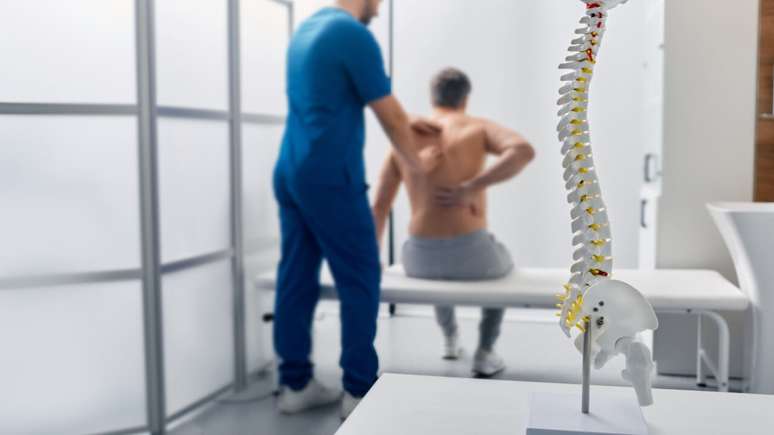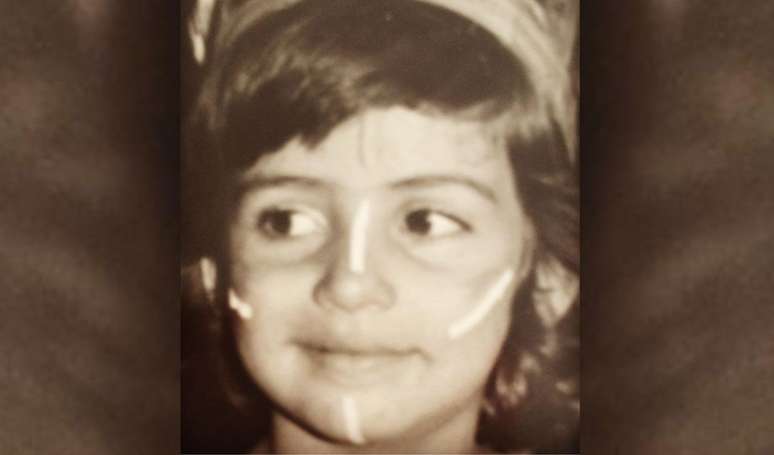Options that help even in severe cases of postural deviations
Scoliosis affects 2% of the world’s population, according to WHO (World Health Organization) data. In this way, Sport Life will share five exercises for those suffering from scoliosis with the help of physiotherapist Bernardo Sampaio.
The Five Exercises for Scoliosis Sufferers
Pelvic tilts
Pelvic tilt will help stretch tight muscles in your hips and lower back. To perform a pelvic tilt:
- Lie on your back with your feet flat on the floor and your knees bent;
- Contract your stomach muscles as you adjust your back toward the floor;
- Hold the position for 5 seconds, breathing normally;
- Then rest;
- Perform two sets of 10.
Arm and leg lifts
You can strengthen your lower back by lifting your arms and legs. To perform the movements:
- Lie face down with your forehead facing the floor;
- Extend your arms above your head, with your palms on the floor. Keep your legs straight;
- Lift one arm off the floor;
- Hold the position for one or two full breaths and lower your arm again;
- Repeat with each arm and each leg;
- Perform 15 repetitions on each limb.
Cat and cow posture
This is a very popular yoga pose and helps keep the spine flexible and pain-free. Watch how to do the cat and cow pose:
- Start with your hands and knees on the floor in an all-fours position, making sure your back is flat and your head and neck are comfortable;
- Take a deep breath and bring your back and head towards the ceiling;
- As you exhale, release your shoulders and return your back to the floor;
- Perform two sets of 10.
Superman
This is another yoga inspired exercise that is great for the spine. See how to do it:
- Start with your hands and knees on the floor and your back straight;
- Extend one arm forward and out to the side as you extend the opposite leg behind you;
- Breathe normally and hold the position for 5 seconds;
- Repeat with the opposite arm and leg;
- Do 10 to 15 reps on each side.
Latissimus dorsi muscle stretch
You can stretch your latissimus dorsi, the largest muscle in your upper body, with this stretch. It’s great for thoracic scoliosis, which directly affects this muscle, and also for lumbar scoliosis, which can cause back strain and extend to the latissimus dorsi. Learn it:
- Stand with good posture in a neutral position;
- Keep your feet shoulder-width apart and your knees slightly bent;
- Bring your hands above your head and hold your right wrist with your left hand;
- Bend slightly to the right until you feel a stretch on the left side of your body;
- Hold the position for one or two breaths and then return to the starting position;
- Repeat on the opposite side;
- Do 5 to 10 reps on each side.
Source: Terra
Ben Stock is a lifestyle journalist and author at Gossipify. He writes about topics such as health, wellness, travel, food and home decor. He provides practical advice and inspiration to improve well-being, keeps readers up to date with latest lifestyle news and trends, known for his engaging writing style, in-depth analysis and unique perspectives.









